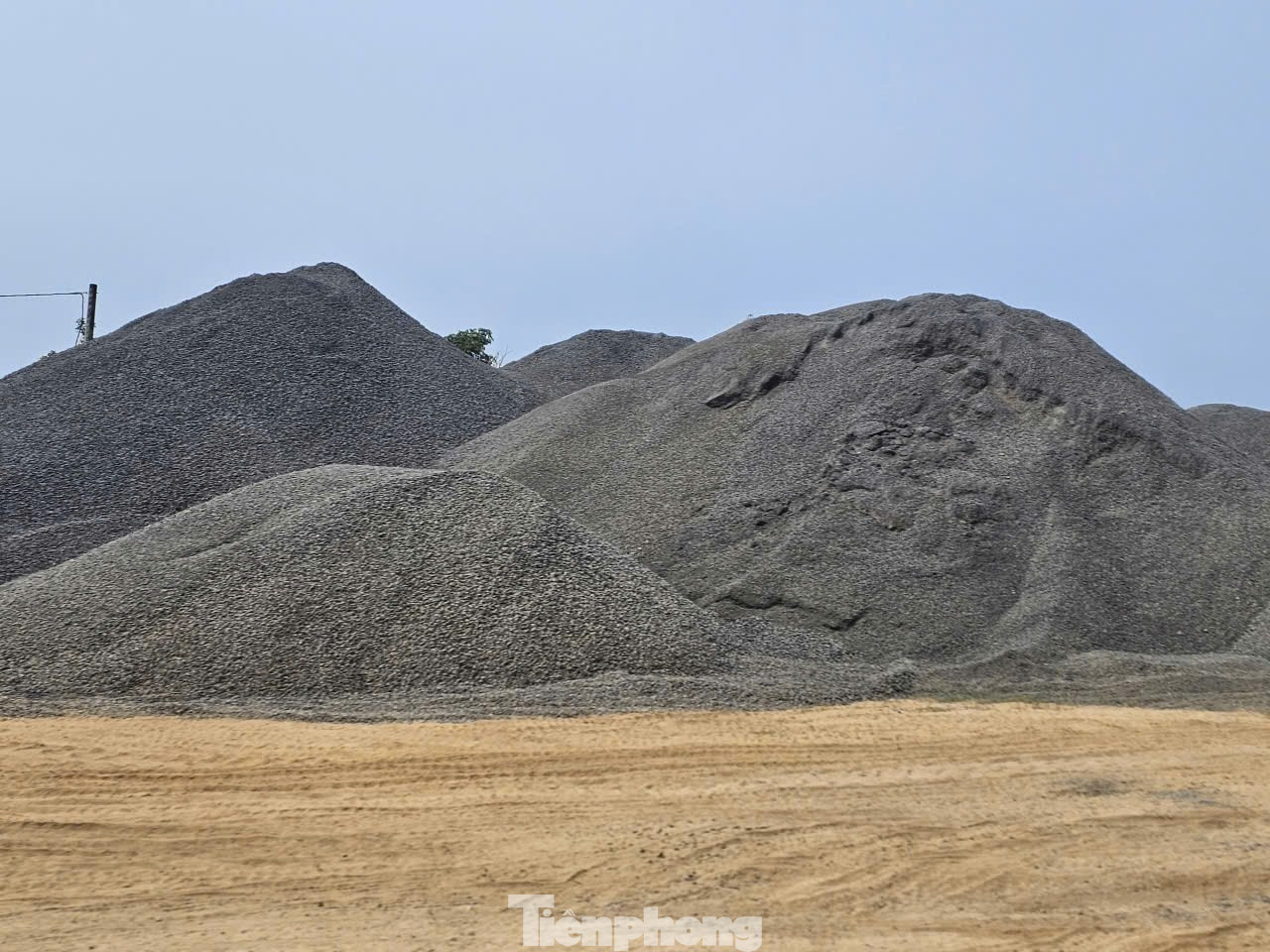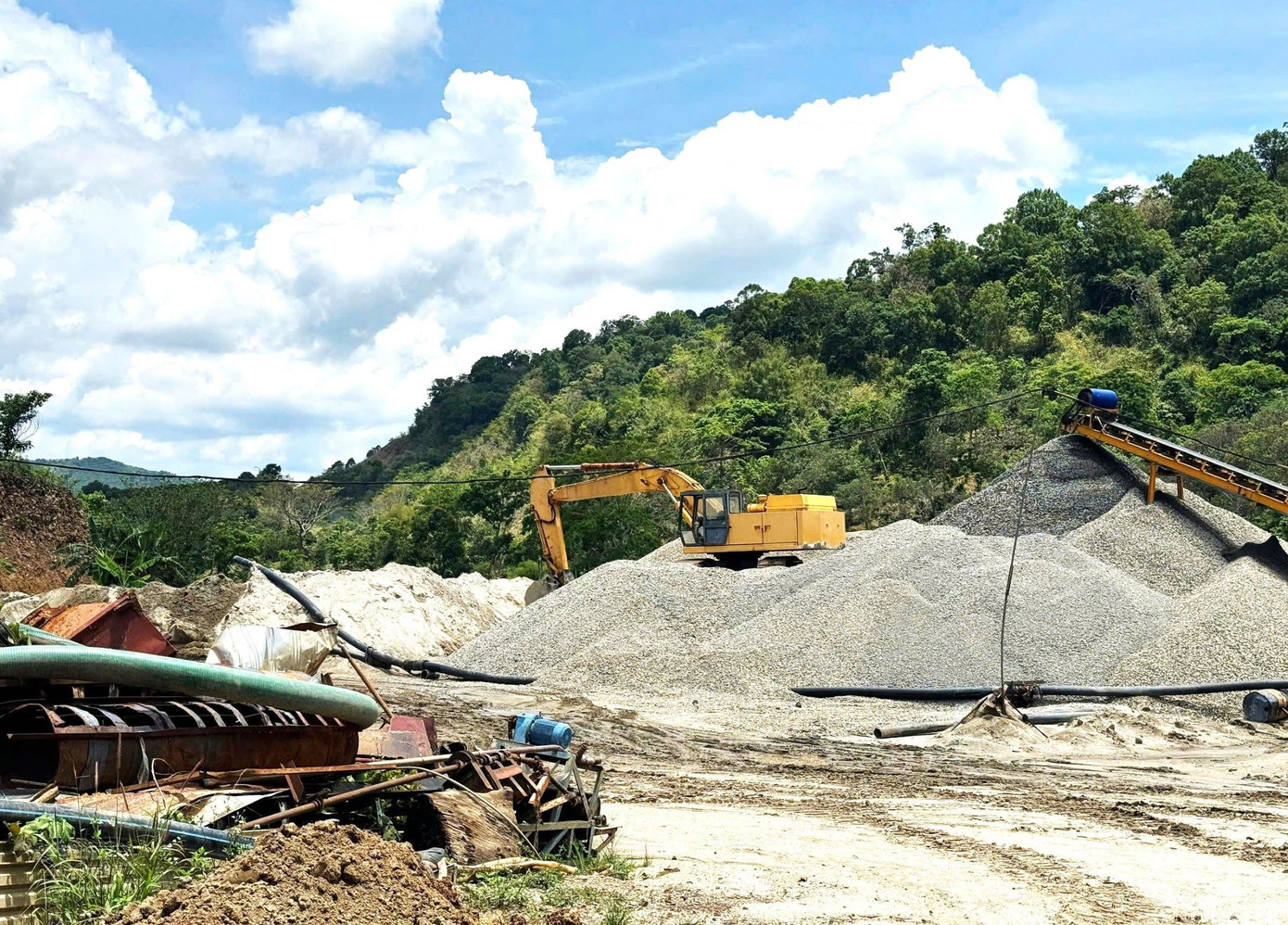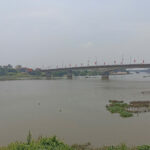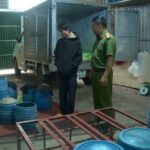The Dak Lak provincial inspectorate has just issued a thematic inspection plan to examine the management of exploration, surveying, planning, licensing, exploitation, and transportation of construction material mines (CM) in the western region of the province.
This inspection aims to comprehensively assess the state management of CM mineral resources and identify bottlenecks and shortcomings in policies, laws, and management mechanisms.

Dak Lak will inspect the management of construction material mines in the western region of the province.
Additionally, the inspection aims to uncover limitations and shortcomings in the management and activities related to CM minerals. Accordingly, the provincial inspectorate will propose remedial measures to the competent authorities, while also enhancing management effectiveness, rectifying issues, and strictly handling any violations.
The inspection will focus on compliance with legal regulations, policies, and guidelines issued by relevant authorities concerning the management of exploration, surveying, planning, licensing, exploitation, and transportation activities of CM mines in the western communes and wards of Dak Lak province.
The inspection will cover crucial aspects, including examining the issuance of documents guiding the implementation of CM mineral management; evaluating the management of exploration, surveying, and the establishment, appraisal, and approval of planning; inspecting the licensing process for exploration and exploitation, as well as the organization of auctions for mining rights; scrutinizing the management of exploitation and transportation activities, and the formulation of land use plans related to CM mines…

The inspection aims to uncover limitations and shortcomings in the management and exploitation of construction material mines.
The inspected entities include the Department of Agriculture and Environment, the Department of Construction, mineral exploitation units, and other agencies, organizations, and individuals involved in CM mineral management.
The inspection period is set from January 1, 2019, to June 30, 2024. However, if necessary, related matters outside this period may also be considered. The duration of an inspection shall not exceed 45 working days from the date of announcement of the inspection decision.
The inspection team is expected to complete its task by November 25, 2025. The inspection results will be consolidated and submitted to the Chief Inspector of the province for the issuance of conclusions before December 25, 2025. Subsequently, the provincial inspectorate will compile and submit a report on the inspection outcomes to the Provincial People’s Committee and the Government Inspectorate before December 31, 2025.
Previously, at the 10th meeting of the Dak Lak Provincial People’s Council, term X, for the 2021–2026 tenure, held in late June 2025, the shortcomings in mineral resource management were highlighted. The supervisory report indicated that from 2020 to 2024, despite some progress, illegal mineral exploitation remained prevalent.
Numerous unlicensed brick production facilities were operating, and some enterprises extracting sand in violation of planning continued their activities. The management of overloaded transport vehicles was not strictly enforced, leading to road damage.
Although inspections and examinations were intensified, the quality of handling remained limited, and violations persisted. Post-mining environmental monitoring was not rigorously conducted, and many mines failed to implement environmental rehabilitation as stipulated.
Furthermore, instances of overexploitation and the use of unauthorized stockpiling areas were common. The main reasons were attributed to the lack of close coordination between functional agencies and local governments, along with the use of unrigorously inspected extraction technology.
Tightening Financial Discipline: Ensuring a Secure Banking System
As of this year, banking sector inspections have resulted in the punishment of 277 organizations and individuals, with 73 administrative fines totaling over VND 10.4 billion.
Who is Responsible for the Nearly 3,000 Tons of Bean Sprouts Soaked in Banned Substances?
Almost 3,000 tons of bean sprouts laced with toxic chemicals were leaked into the market and even made their way into Bach Hoa Xanh, a well-known grocery store chain. However, in a concerning turn of events, the Provincial Market Management Bureau, the Department of Agriculture and Rural Development’s Quality Management Division, and the Plant Protection and Health Division all claimed that the incident fell outside their jurisdiction.













































